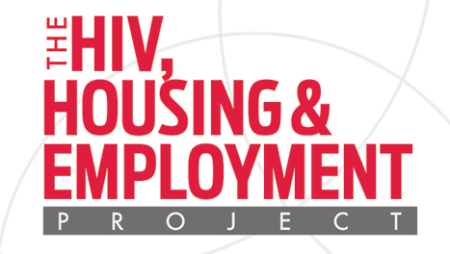
Housing Vulnerable Populations in Tight Housing Markets
Housing affordability is a pressing national problem. A recent report from Harvard’s Joint Center for Housing Studies estimates that nearly half of all renter households in the United States spend more than 30% of their income on housing—placing them above the widely accepted benchmark of housing affordability. The problem is even more serious for low-income renters, where 80% of households earning $30,000 spend more than 30% of their income on rent. According to the U.S. Department of Housing and Urban Development, more than 8 million low-income households in the United States have “severe rent burden” meaning that they dedicate more than half of their income towards housing.
Locating affordable housing is a particularly acute challenge in cities and states with tight housing markets characterized by high rents and low vacancy rates. In San Francisco, a full-time worker would need to earn $60 an hour (roughly 4 times the city’s minimum wage) to afford a two-bedroom apartment, making it the most expensive jurisdiction in the country. In Massachusetts—the most expensive state in the continental United States—a person would need to earn $23 an hour, or more than double the state’s minimum wage. Moreover, prior studies have consistently linked higher rents to higher rates of homelessness, thus highlighting the impact of tight housing markets in fueling housing insecurity.
Simply put, it is challenging to help vulnerable individuals—especially those experiencing or at a high risk of homelessness—accessing and maintaining stable housing in high cost housing markets. In many cases, housing barriers extend beyond a simple lack of economic resources. Physical or mental health issues, substance use disorders, a history of justice system involvement, poor credit and prior evictions may all complicate the process of locating safe, stable, and adequate housing in high cost areas. And, even in cases where individuals have access to a housing voucher or other subsidy, low rental vacancy rates may make it difficult to actually find a unit to rent.
Effective Strategies for Housing Vulnerable Populations in Tight Housing Markets
State and local governments as well as front-line service agencies working in high-cost areas have developed a number of innovative approaches geared towards helping persons experiencing homelessness and other vulnerable populations to access and maintain stable housing. Some strategies worth highlighting include:
Shared Housing Models
Shared housing—defined broadly as two or more people living in one permanent housing unit who share housing costs—represents a promising approach for housing vulnerable individuals in high cost communities. A variety of shared housing models exist, ranging from homeowners renting rooms or entire units using a social service agency as an intermediary to identify tenants, to agencies acting as roommate matching services to help multiple individuals rent a single unit. A recent presentation by the Substance Abuse and Mental Health Services Administration (SAMSHA) describes these approaches in more detail and outlines best practices and challenges in implementing shared housing models. The National Shared Housing Resource Center provides additional materials
Landlord Engagement and Incentives
Most individuals will exit homelessness to private market housing, and landlord engagement is thus seen as crucial in tight housing markets. Agencies use a range of strategies to engage landlords and incentivize them to rent units to vulnerable populations. These strategies include holding landlord recruitment events, being on call to provide mediation services to resolve any conflicts with tenants, and offering financial incentives such as paying double security deposits or setting up landlord risk mitigation funds. The U.S. Interagency Council on Homelessness on landlord engagement.
Leveraging Available Resources
Helping vulnerable individuals to get into housing and stay housed in high cost areas will in most cases require connecting them with multiple service systems and stakeholders, and engaging the Coordinated Entry System in local HUD Continua of Care. Moreover, since permanent housing subsidies (which includes HOPWA) are available for only about 1 in 4 households who are eligible for them, forging connections to alternative forms of support is crucial. Rapid re-housing is one such promising approach, and the National Alliance to End Homelessness provides guidance on how to maximize this approach in tight housing markets. Service providers have had success in using rapid re-housing to house individuals who have zero income in high cost areas, and connections to mainstream services and supports are crucial in making this possible. Other providers have used a conflict resolution approach to help individuals facing homelessness return to a previously stable living situation with family or friends. Recent guidance on addressing homelessness in rural communities—which can also have a highly limited supply of affordable housing—underscores the potential for engaging non-traditional partners in the private sector in helping individuals maintain and obtain housing.
Addressing Unsheltered Homelessness
Unsheltered homelessness and large homelessness encampments pose a serious challenge in certain high-cost cities, particularly communities on the West Coast. The U.S. Interagency Council on Homelessness and National Alliance to End Homelessness both offer strategies to address unsheltered homelessness.